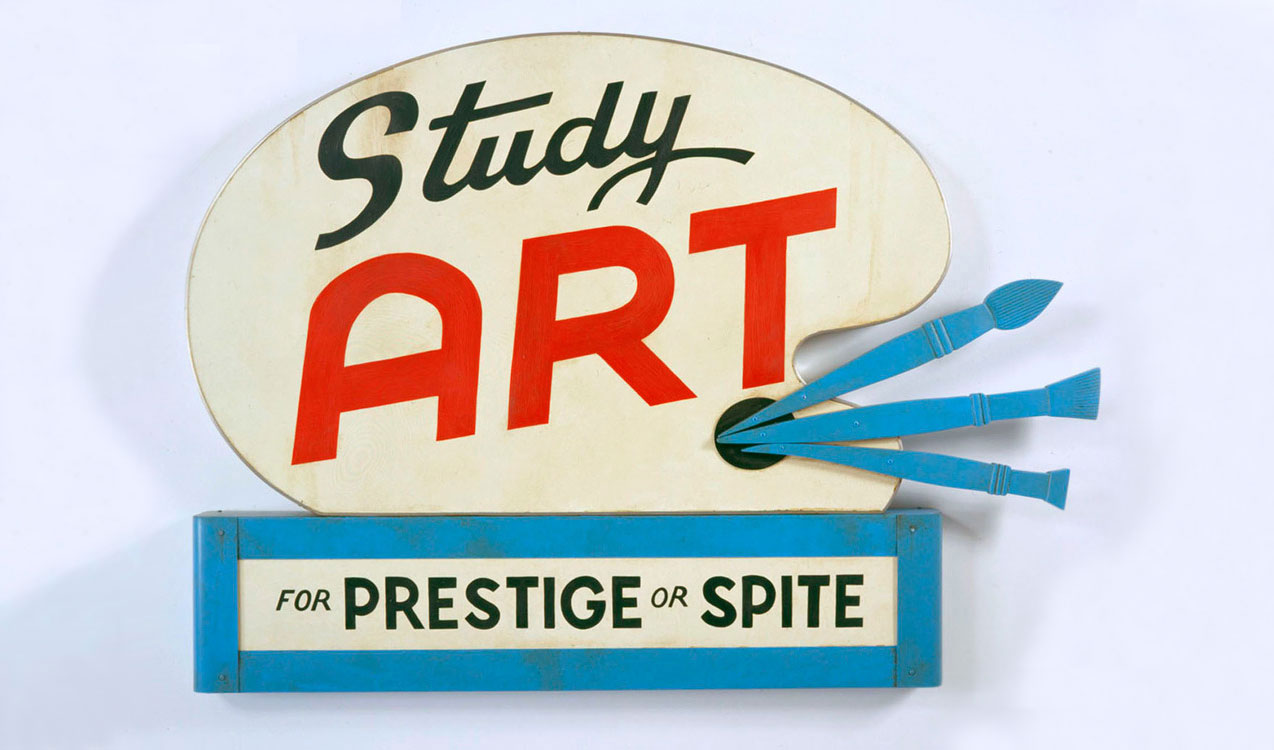There are many great explorers in history, but only the westerners seem to receive the most fame. When I say “explorer”, most people would think “Christopher Columbus!” in the first few seconds.
Another explorer, Vasco da Gama, is credited as the first person to successfully travel from Europe, around Africa, and to Southeast Asia. Some say that he is the one who opened up the maritime trade route between Europe and Asia, and this feat may even compare to present day’s man landing on the moon.
Yes, they are great explorers, but the thing is, these Eurocentric narratives do not shine enough light on the people who helped make it a success; those who passed on the knowledge on how to navigate the seas, those with nautical and astronomical understanding, which are crucial to da Gama’s journey. They are the Arabs or Muslim/Gujju navigators.



